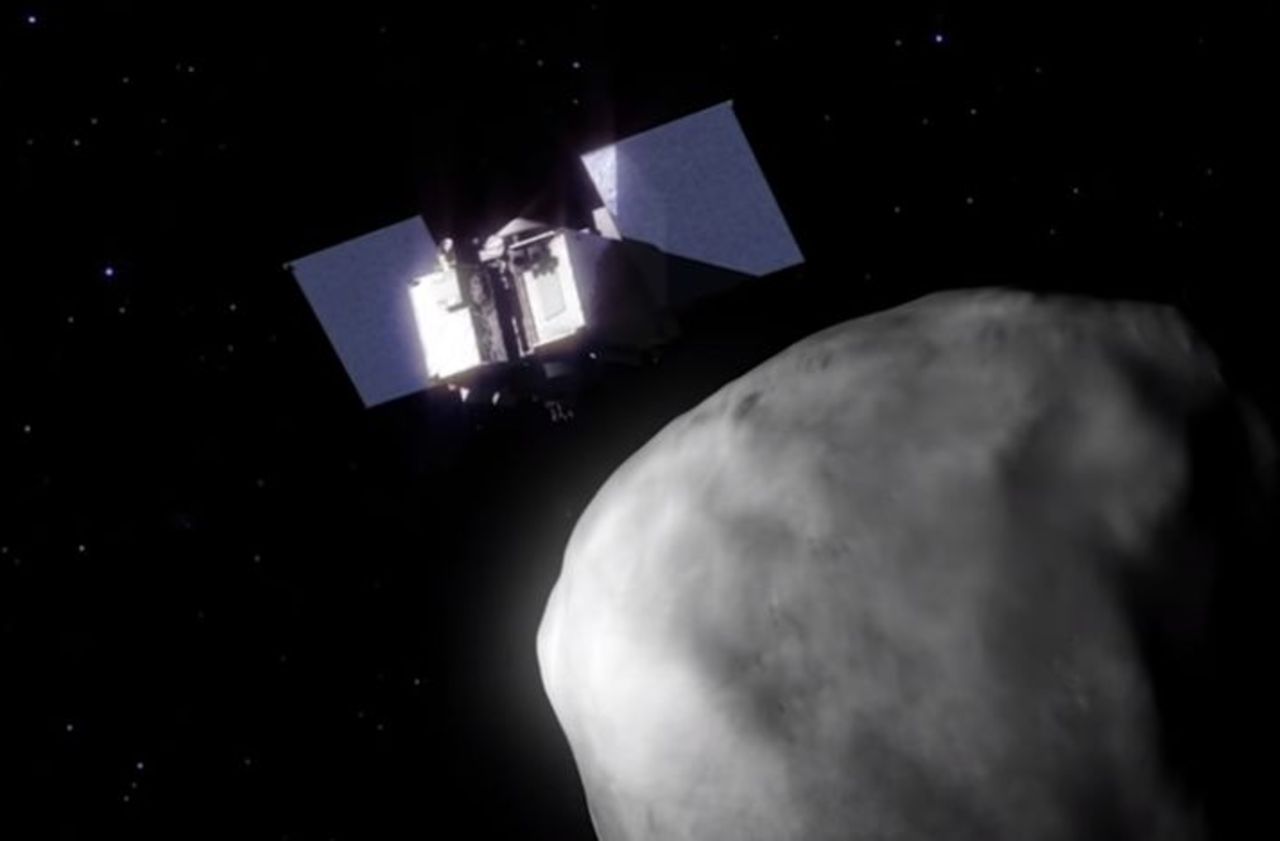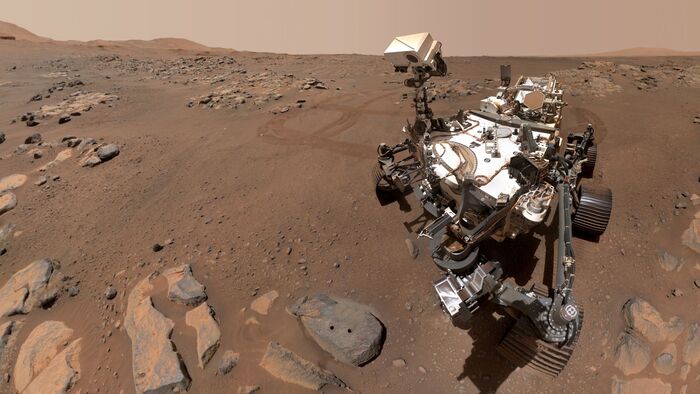Sending a probe to a distant celestial body has become an almost common task. But bringing her back to Earth is already much less usual. As such, the maneuver of a few minutes successful this Monday evening by NASA was rather sensitive: giving a brief impulse to the Osiris-Rex probe to redirect it towards Earth, where it is expected on September 24, 2023. “The navigators of the mission received confirmation of the end of the combustion ", tweeted one of the NASA accounts after the end of the operation," Osiris-Rex comes home with memories of rocks and dust from a 4.5 billion year old asteroid! "
Mission navigation has received confirmation of burn cutoff.
#OSIRISREx is headed home with a souvenir of rocks and dusts from a 4.5-billion-year-old asteroid!
#ToBennuAndBack pic.twitter.com/BmaK1dkPDB
- NASA Solar System (@NASASolarSystem) May 10, 2021
Launched in September 2016, Osiris-Rex was placed in December 2018 in orbit around Bennu, an asteroid 500 m in diameter, which orbits the Sun in 438 days.
It is a so-called "primitive" asteroid, as explained by CNRS astrophysicist Patrick Michel, who takes part in the Osiris-Rex mission: "The rocks that make up Bennu have never been heated to the point of to transform physically, unlike those that made up the planets.
Bennu's composition is therefore faithful to that of the initial solar system.
"
Already several astonishing observations
During his flight, Osiris-Rex made a detailed mapping of the asteroid. Its photos and measurements have already offered several surprises to scientists. Patrick Michel cites the “extraordinary diversity” of rocks present on the surface in terms of appearance, color and composition, the occasional loss of material ejected from the asteroid's surface, or the presence on its soil of exogenous matter, that is to say coming from foreign bodies. Bennu is therefore far from being a simple pebble in one piece engaged in a passive drift in the middle of our solar system.
The astonishment was even greater last October, when Osiris-Rex attempted contact for a few seconds with Bennu's soil to take samples. The articulated arm of the probe, which was to emit a jet of gas and then act as a vacuum cleaner, sank into the surface of the asteroid like butter! Instead of 60 g of rocks expected, the arm went up several hundred. "We are still debating why the harvesting mechanism has encountered almost no resistance from the ground," Patrick Michel is surprised.
Studies have already appeared in spades since the start of the Osiris-Rex mission, on the shape, age, density (surprisingly low), composition, craters on the surface of Bennu.
And at the same time, the Japanese probe Hayabusa 2 completed its own round trip to the asteroid Ryugu, between 2014 and 2020, and returned its own samples.
He who works simultaneously for both missions, Patrick Michel also attests to an "extraordinary coordination" between NASA and Jaxa, its Japanese counterpart, and mutual aid between the two missions.
Samples for generations of scientists
So, what new elements can the samples on board Osiris-Rex add more?
The images captured by the probe gave rise to many scenarios and many interpretations, which remain impossible to decide without some practical work.
For the analysis of the composition of the rocks of the asteroid, their precise dating or their degradation by solar radiation, the laboratory is difficult to replace, and complementary to the observations collected by the probe during its flight.
This information should then be compared with the samples reported by Hayabusa 2.
VIDEO.
NASA unveils first images of asteroid Bennu
Two years of outward journey, two and a half years around Bennu, two years of return journey… But probably decades of analysis. No space mission had brought back as many alien samples as Osiris-Rex from the Apollo lunar missions. But only 30% will be used immediately for scientific analyzes. “The rest will enrich the scientific community for decades,” predicts Patrick Michel, “since analytical instruments are increasingly sophisticated over time. "
Generations of researchers are therefore destined to examine these vestiges of the formation of the solar system, possibly in search of organic matter compatible with that of living things, and therefore likely to explain the appearance of life on our planet. But we're not there yet: for now, the potential exhibits are still well stored inside Osiris-Rex, 300 million kilometers above our heads, and have barely started. their journey to us.







